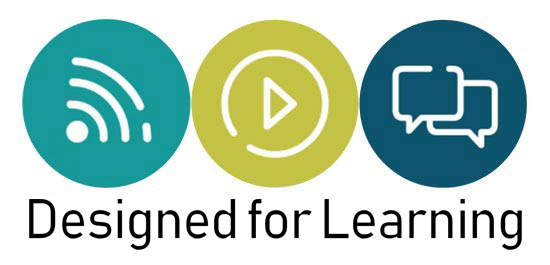16 Jun Project Management Simulation
 Last week I participated in the European launch event for a new project management simulation called Cayenne. At Hitachi’s Conference Centre at Sefton Park, close to London’s Heathrow airport, five teams battled it out to be the most successful at running a project on time and within budget. As might be expected not all teams made the grade – our team ended up over budget but at least we completed within time. In the real world nearly three quarters of all projects either overrun (average overrun is 222%), exceed budget (average overspend is 189%) or get cancelled before completion (see Standish Group CHAOS Research).
Last week I participated in the European launch event for a new project management simulation called Cayenne. At Hitachi’s Conference Centre at Sefton Park, close to London’s Heathrow airport, five teams battled it out to be the most successful at running a project on time and within budget. As might be expected not all teams made the grade – our team ended up over budget but at least we completed within time. In the real world nearly three quarters of all projects either overrun (average overrun is 222%), exceed budget (average overspend is 189%) or get cancelled before completion (see Standish Group CHAOS Research).
It’s well known that projects struggle to deliver on time and within budget hence the emphasis on project management tools and methodologies such as Microsoft Project and Prince 2. But most of the research shows that the devil isn’t in the detail but in the wider context of the project – in the big picture. User involvement, executive support, clear business objectives and strong teamwork are all much more important than complex plans and critical path analysis. And that’s where Cayenne comes in; it helps project teams and project stakeholders see the bigger picture and involve them in key issues within a typical project lifecycle. Cayenne can be used prior to the start of a project to uncover potential issues and develop a shared understanding of common stumbling blocks or as a generic tool to support ‘harder’ project management programmes such as those based on Prince 2. The strength of Cayenne is its big picture approach – it isn’t just for experienced project managers (though as a project manager myself I found its insights extremely valuable) and requires only a basic understanding of the language of project management. Celemi actually position the simulation as ‘a tool that prepares people for better project work‘ and i’d agree that it would be useful for all types of teams that are working in a project type environment – if not actually within a formal project.
Cayenne is loosely based on a technology project but the technology elements are fairly low key and with good facilitation the issues can easily be related to most project scenarios – whether they involve technology or not. If ICT projects represent your bread and butter then you’ll love Cayenne – I can’t wait to demonstrate it to some of my high-tech clients.
Like most Celemi simulations the underlying design is first class and though the simulation mechanism is fairly linear participant involvement is excellent. People really do learn from these simulations. The materials are excellent and Cayenne can be run easily over the course of a day (including a short intro presentation and a slightly longer action planning final session).
 Though Celemi always plays down the competitive element the desire to run the most successful project really focuses people’s attention and is supported by an excellent software tool which is used by the facilitator to feedback a range of compative performance measures as the simulation progresses. There’s nothing like seeing your project recover from a couple of poor decisions and head back up the performance league table (in the end we finished a very close second)!
Though Celemi always plays down the competitive element the desire to run the most successful project really focuses people’s attention and is supported by an excellent software tool which is used by the facilitator to feedback a range of compative performance measures as the simulation progresses. There’s nothing like seeing your project recover from a couple of poor decisions and head back up the performance league table (in the end we finished a very close second)!
Crucially the simulation also balances tangible and intangible performance measures and overall success comes only when attention is paid to all five key indicators – time, cost, client, organisation and team. That’s a key foundation of the simulation – and of project management generally. We all ‘know’ that but it needs tools like Cayenne to help us articulate it and explore the issues that occur in the interface between clients, stakeholders and the project team.






No Comments